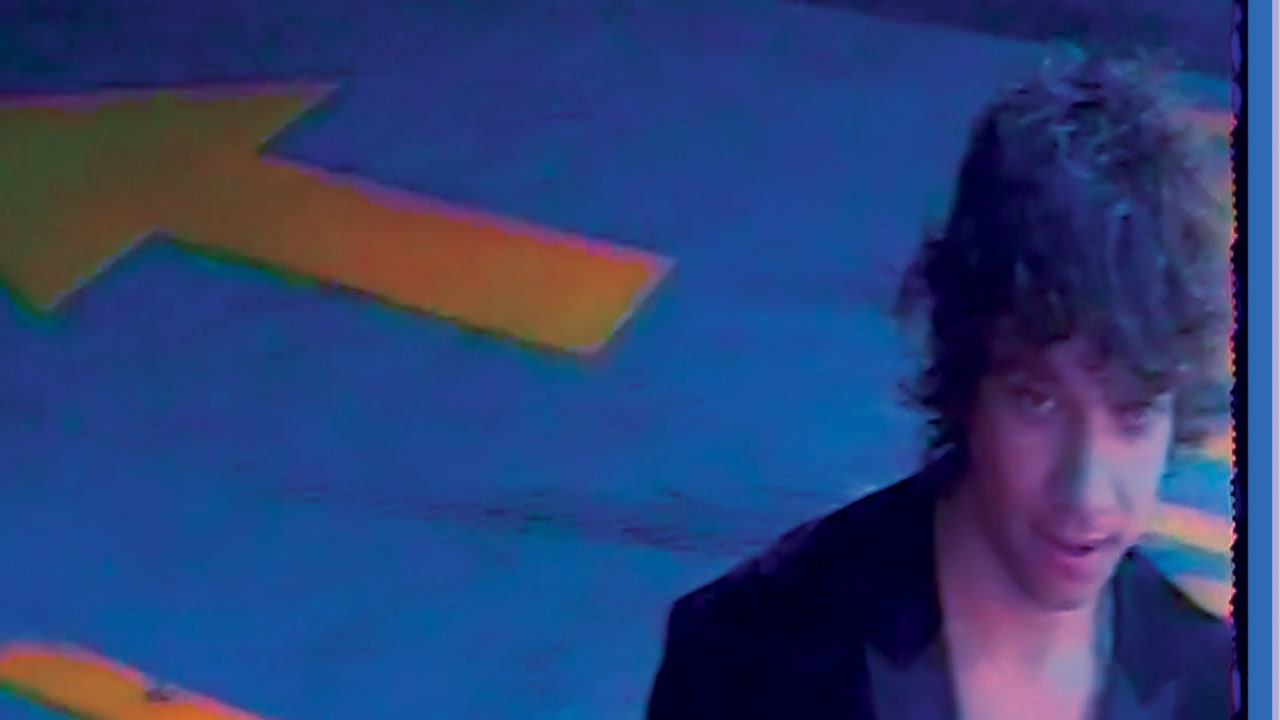Trying to fit all of Daryl Johns’ influences into one box is a daunting task. Among the many inspirations for his self-titled debut album, he’s cited “Jessie’s Girl” and “Baba O’Riley”; emo and Hüsker Dü; Fast Times at Ridgemont High; the ’60s, ’80s, and the hair, specifically, of the ’70s; burgers, shakes, and fries; and Mickey Mouse. To try to make sense of it all is to be a hapless Tony Montana standing before the mountain of blow on his desk, muttering, “We gotta get organized here.” Good luck with all that.
Daryl Johns began a decade ago as a series of unreleased songs when Johns, a classically trained upright bass player and jazz prodigy, got sick of playing standards and started noodling around with different genres, “quilting pop melodies together in a maximalist way,” as he puts it. And after signing with friend and famous chiller Mac DeMarco’s label, Johns began experimenting with his own offbeat takes on indie rock. But it would be remiss to mistake the sum for its parts; Daryl Johns is no pastiche, instead creating its own sprawling universe of loosey-goosey, feel-good jaunts. Painting modern landscapes in retro strokes, the album’s sound is uniquely fresh yet familiar in a million different directions.
Lead single “I’m So Serious” is the most synth-pop-inspired song on the album. In the neon-drenched music video, Johns leans full-tilt into MTV-style Americana, shredding in front of a Mel’s Drive-In (another inspiration he’s named: “diner rock”). While clever and definitely a banger, “I’m So Serious” is also the album’s most literal song, preferring to rehash its influences rather than delve into something stranger. Still, the winkingly self-referential lyrics in the bridge seem to serve as a sweeping introduction to the whole album: “Hit the EQ,” he yelps through the fourth wall. “Now ride the volume.”
Through the rest of the album, we learn that eclecticism is Johns’ chief strength. In “Barbecue in the Sun” and “Friends Forever,” he melds ’80s textures with ’60s pop forms, reverbing the hell out of his layered, DIY-Ronettes vocals. His fragmented lyrics evoke bits and pieces of roller-rink nostalgia—never outlining a clear scene, but creating vivid, blurry flashes of the fleeting moments before the lights come up. No wonder he’s described the album’s sound as “TV jingle memories.”
